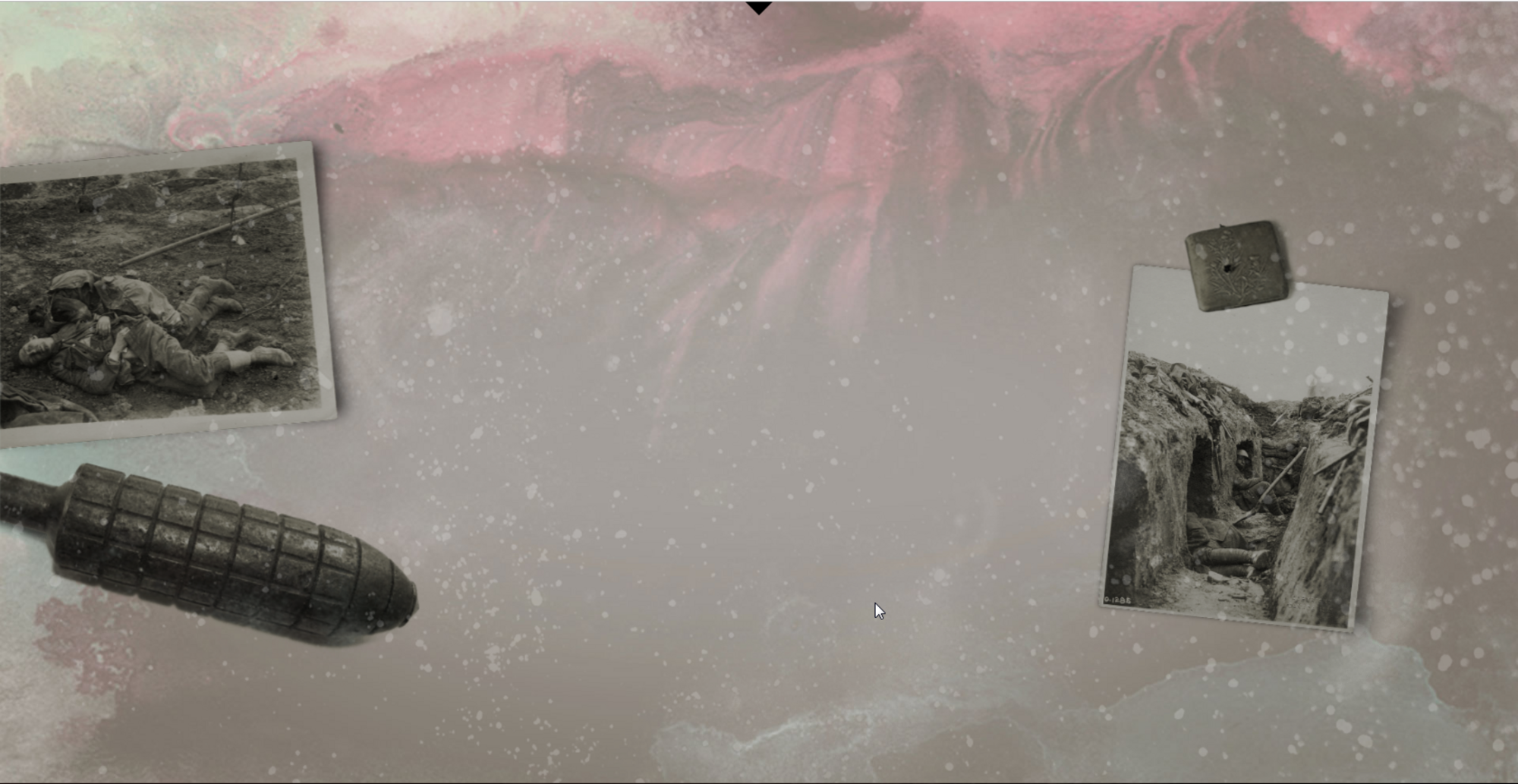
- Home
- Archaeological remains
- Protecting a fragile heritage
As soon as the fighting ended, the physical remnants of the conflict gradually began to be covered up by the return of agriculture and the reconstruction of damaged villages. A small number of battlefields which were too badly scarred to be returned to their previous state were left as testament to the carnage, with Verdun a prominent example. Within less than twenty years, areas which had been profoundly disfigured by the fighting had patched up their wounds, with the memory of the Great War kept alive predominantly through the testimony of veterans and public war memorials. But these forms of expression of the memory of the conflict, suited to a public who had experienced the events directly or else known those who took part in them, are no longer sufficient for our contemporary society.
As the Centenary commemorations get into full swing, we are beginning to realise just how rare traces of the war have become. Nevertheless a few local societies, increasingly with the support of local authorities, have been working for many years to protect this fragile heritage, with prominent examples in Vauquois (Meuse) and Massiges (Marne). Their exemplary efforts have helped to halt the creeping erosion of this relatively recent historical heritage. But what can be done for the immense majority of front-line zones which have not received this level of attention? Archaeologists have a prominent role to play in studying and protecting this heritage, traces of which survive in those rare areas spared by the frenetic pace of urban development (subterranean structures and wooded zones).


